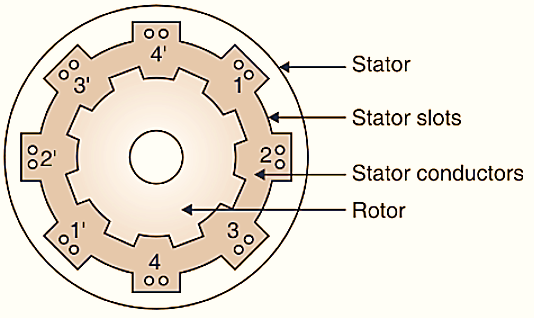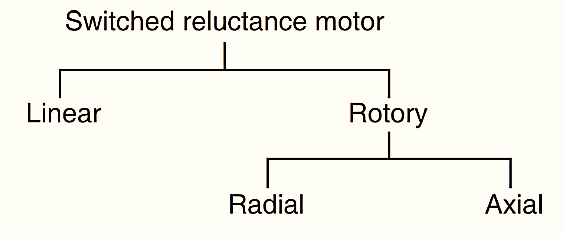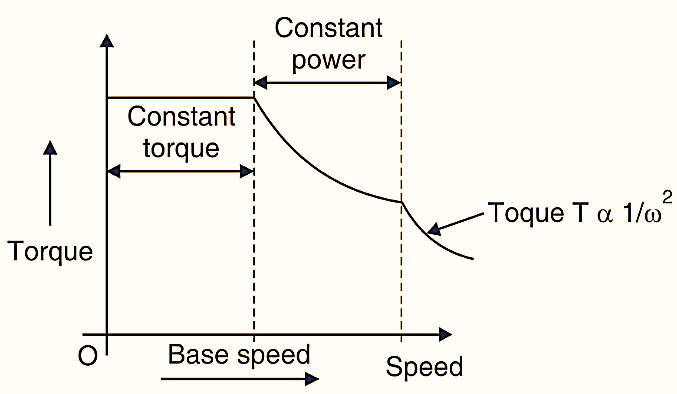
Figure 1: Switched Reluctance Motor.
Switched Reluctance Motor can be operated on DC as well on AC supply. It uses no brushes nor any permanent magnet. It is a specialized type variable reluctance stepper motor. It has less number of poles.
Construction of Switched Reluctance Motor
Stator: It has 6 poles, slots are accommodating stator windings which forms 4-phases 1 — 1′, 2 — 2′, 3 – 3’, 4 – 4’ connected is series windings are electrically isolated.
Rotor: It has only round structure but no magnet nor
Working Principle of a Switched Reluctance Motor
When the supply to the stator winding is switched on; the stator flux is produced. The rotor will position itself such that the stator flux finds the low reluctance path. This is the basis principle of operation of this motor.
Working of a Switched Reluctance Motor
Stator windings are energized in sequence and accordingly rotor rotation and hence the direction of rotation of motor depends. Say for example if the windings are energized in 1, 2, 3, 4…1 sequence naturally rotation is in anticlockwise. But if it is 4, 3, 2, 1, 4 the motor rotates in clockwise direction.
Classification of Switched Reluctance Motor

Speed-torque Characteristic of Switched Reluctance Motor

See above Figure,
1st part : Up to base speed it operates at constant torque mode.
2nd part : Above the base speed : the operation is
- Constance power mode
- Torque is in inverse proportion to 02
Advantages of Switched Reluctance Motor
- Higher starting torque.
- Simple and robust construction.
- Efficiency is above 90%.
- Higher reliability of operation and service.
- Speed control possible electronically.
- Cheaper in cost.
- Higher speeds possible.
- Four quadrant operation is possible.
Disadvantages of Switched Reluctance Motor
- Noisy operation (electrical and acoustic noise).
- Torque is not uniform (put stations).
- Torque-current relation is non-linear.
Applications of Switched Reluctance Motor
- Washing machines
- Vacuum cleaner
- Food processors
- Office equipment
- For same traction applications.